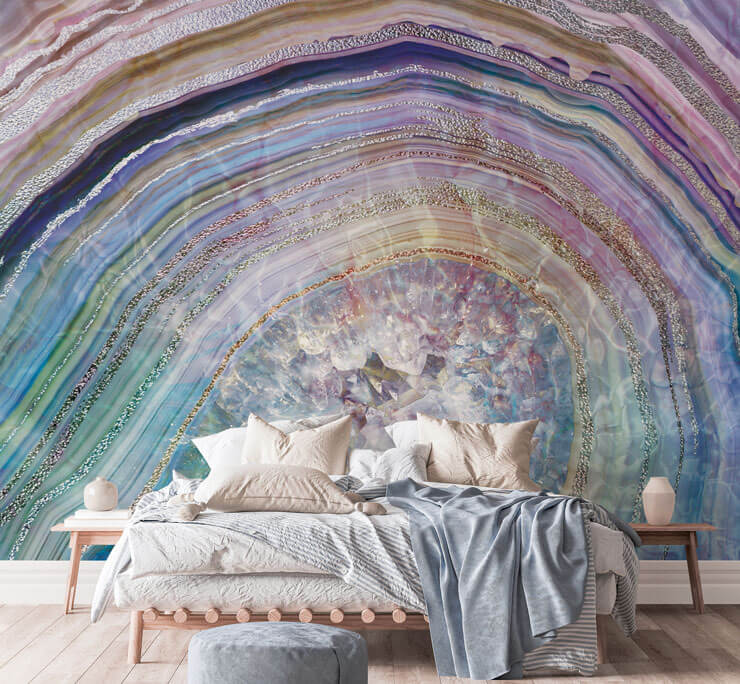
Introduction
Overview of Marble Trends
Marble has been a timeless choice in interior design, capturing hearts with its beauty and elegance. Recent trends show a resurgence in its popularity, emphasizing a blend of classic styles and contemporary designs. From kitchens to bathrooms, marble is transforming spaces into luxurious retreats.
- Key Trends in Marble:
- Textured finishes for added depth
- Bold color choices such as greens and deep blues
- Eco-friendly options gaining traction
Significance of Textures and Colors in Interior Design
Textures and colors play a vital role in setting the mood of any space. They can evoke emotions, create focal points, and enhance the overall aesthetic. For instance, a honed marble surface offers a matte finish, providing a subtle elegance that complements minimalist themes. In contrast, a polished surface reflects light, making spaces feel brighter.
- Considerations for Selecting Marble:
- Match textures with design themes
- Choose colors that create the desired atmosphere
In transitioning to the next section, it’s essential to delve deeper into the rich history of marble applications and how it has evolved in modern design.
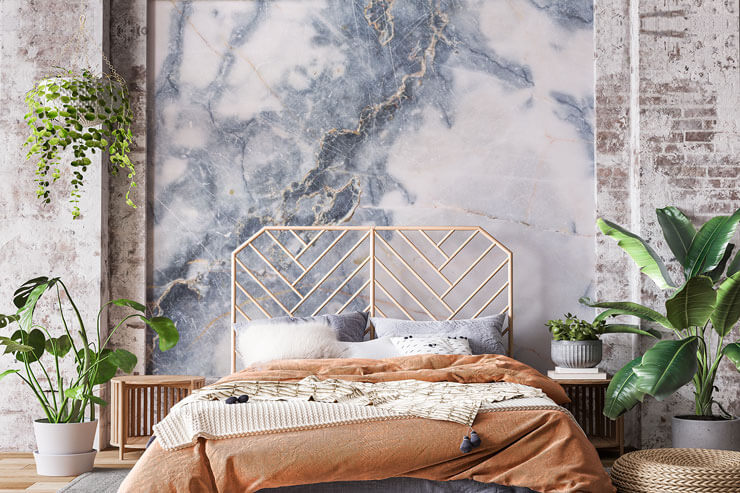
History of Marble in Interior Design
Evolution of Marble Applications
Marble’s journey in interior design is as fascinating as the material itself. This luxurious stone has taken various forms throughout history, from grand columns in ancient Roman architecture to intricate inlays in Traditional Indian temples. Today, marble has evolved to suit modern aesthetics and utility.
- Milestones in Marble Use:
- 2nd Century BC: Marble as a symbol of wealth and power
- 18th Century: Neoclassical architecture popularizing marble in homes
- 21st Century: Versatility in residential and commercial spaces
Impact of Marble Trends on Interior Spaces
The influence of marble trends is profound, shaping contemporary interiors in distinctive ways. Homeowners and designers alike have embraced marble not just for its beauty but also for its ability to elevate any space.
- Current Impacts Include:
- Creating a sense of luxury and sophistication
- Enhancing natural light through polished finishes
- Adding timeless elegance to modern designs
As we look ahead, it’s exciting to explore how unique marble textures continue to redefine interior environments.
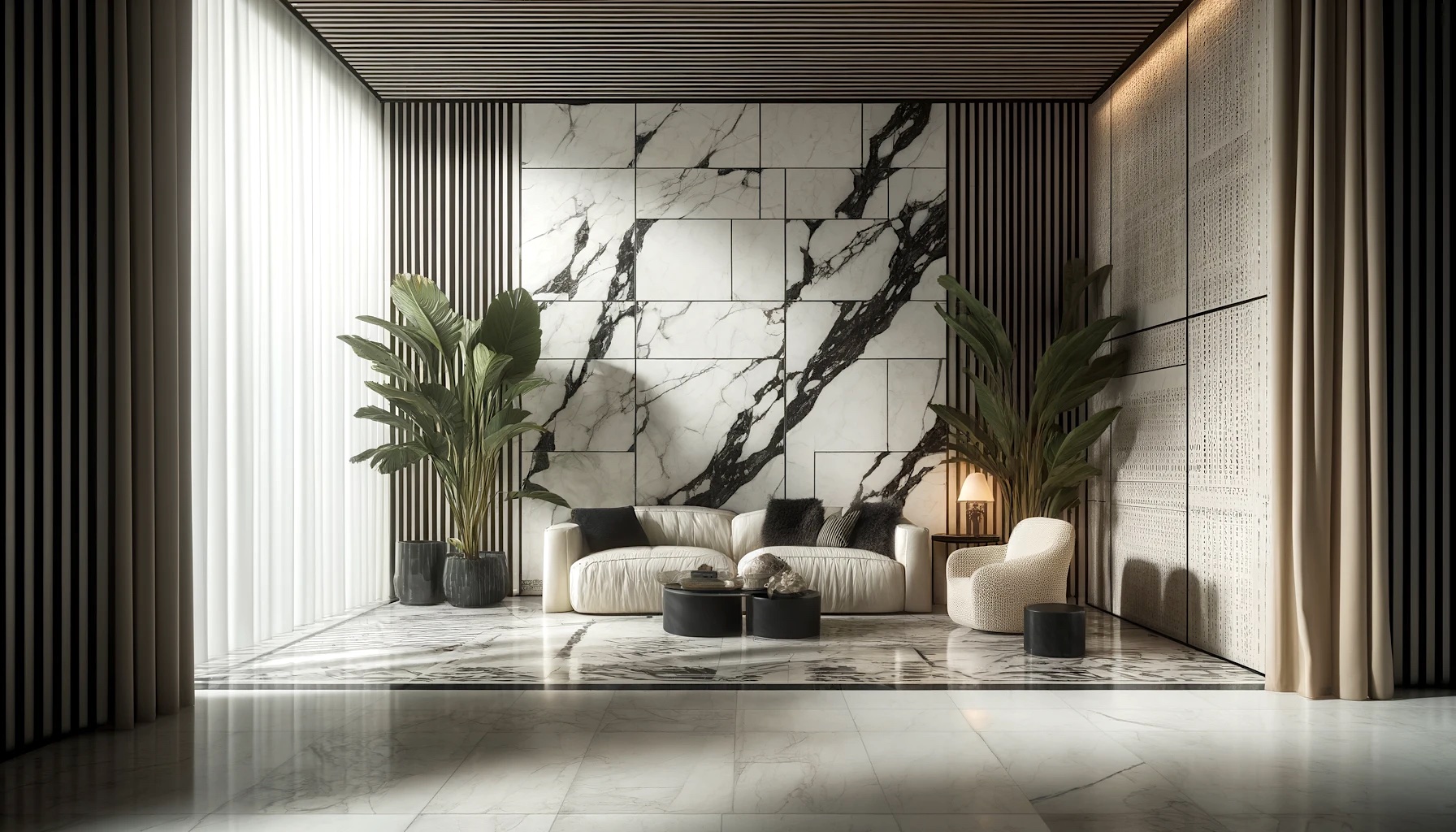
Unique Marble Textures
Honed vs. Polished Marble Finishes
When selecting marble, the finish can dramatically influence both the look and feel of a space. Honed marble features a matte finish, offering a soft, subtle appearance that exudes warmth and elegance. This texture is ideal for high-traffic areas, as it is less prone to visible scratches and smudges.
Conversely, polished marble boasts a shiny surface that reflects light beautifully, creating a luxurious ambiance. It’s perfect for adding sophistication to countertops, backsplashes, or formal entryways.
- Pros of Each Finish:
- Honed:
- Matte look
- Resists scratches
- Polished:
- High shine
- Reflective qualities, brightens spaces
- Honed:
Veined, Cloudy, and Speckled Marble Patterns
The patterns in marble are where its true uniqueness shines. Veined marble, characterized by its distinctive lines, often draws the eye and creates a sense of movement in a room. Cloudy marble includes softer, blended hues that add a dreamy quality, perfect for serene spaces.
Lastly, speckled marble, with its flecks of varying colors, can bring a playful element to designs.
- Popular Patterns:
- Veined: Ideal for statement pieces
- Cloudy: Softens sharp contrasts
- Speckled: Adds vibrancy and charm
As we transition into trending marble colors, these textures and patterns will play a significant role in shaping aesthetic choices.

Trending Marble Colors
Classic White and Gray Marbles
When it comes to marble, classic white and gray hues remain timeless favorites. White marble, particularly Carrara or Calacatta, lends an air of sophistication and brightness to any space. It’s often the go-to choice for kitchens and bathrooms, creating a clean and airy feel.
- Benefits of White and Gray Marble:
- Versatility: Complements various design styles
- Light-Reflective: Enhances natural brightness in interiors
Gray marble brings depth and warmth. With striking variants such as Bardiglio, it adds subtle drama without overwhelming a space.
Bold and Dramatic Marble Hues
In contrast, bold and dramatic colors are making waves in the design world. Deep greens, rich blacks, and vibrant blues are capturing attention and setting trends.
- Popular Bold Choices:
- Emerald Green: Evokes a lush, natural ambiance
- Black Marquina: Offers luxurious elegance
- Ocean Blue: Adds a striking focal point in spaces
These colors not only make statements but also allow for unique personalization in design. Transitioning forward, it’s essential to explore how to effectively incorporate marble in various spaces for maximum impact.
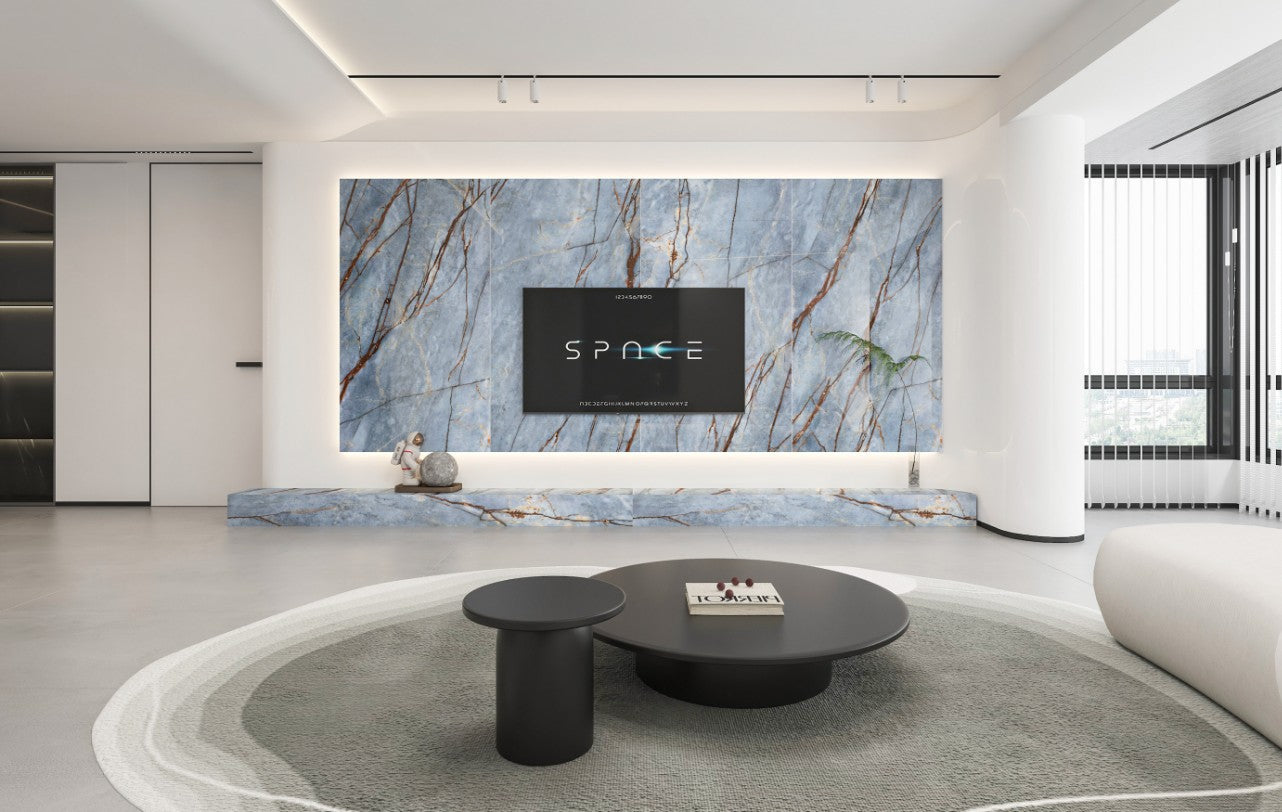
Incorporating Marble in Different Spaces
Marble Countertops and Backsplashes
Integrating marble countertops and backsplashes can instantly elevate your kitchen or bathroom design. Marble countertops offer a luxurious work surface that is not only beautiful but also functional. They can withstand heat and are relatively easy to clean, making them ideal for cooking.
- Benefits of Marble Countertops:
- Aesthetic Appeal: Creates a high-end look
- Variety of Colors: Match any design concept
Pairing these countertops with a stunning marble backsplash adds an element of sophistication. A veined or colorful backsplash can serve as a dramatic focal point that ties the room together.
Marble Flooring and Wall Accents
Marble flooring, on the other hand, offers longevity and timelessness. Walking on a marble floor feels luxurious, and its durability makes it a smart investment in high-traffic areas.
- Key Tile Considerations:
- Large Tiles: Create the illusion of a spacious area
- Mosaic Patterns: Add intricate design elements
Additionally, marble can also be used as wall accents, introducing depth and texture. Whether it’s in an entryway or living room, marble walls impart a sense of elegance and grandeur.
As we explore sustainable practices in marble design, it’s essential to consider how environmental consciousness impacts selection and installation.

Sustainable Practices in Marble Design
Eco-friendly Marble Sourcing
As the interior design world becomes more environmentally conscious, eco-friendly marble sourcing is gaining traction. Responsible quarrying practices seek to minimize environmental impact while ensuring a sustainable supply of this beautiful material.
- Considerations for Eco-friendly Sourcing:
- Local Quarries: Reduces carbon footprint from transportation
- Certified Suppliers: Ensure ethical extraction methods
Visiting local quarries can often reveal unique stone varieties while supporting community businesses and practices.
Reusing and Recycling Marble Products
Another effective sustainable practice involves reusing and recycling marble products. Salvaging remnants from previous projects not only reduces waste but also offers an opportunity to create one-of-a-kind designs.
- Ideas for Reuse:
- Countertop Scraps: Turn into coasters or small tables
- Tiles from Renovations: Create beautiful backsplashes or accent walls
Taking these steps not only enhances the space but also aligns with a growing commitment to sustainable living. As we look towards the future, it’s fascinating to explore the technological innovations shaping marble production.
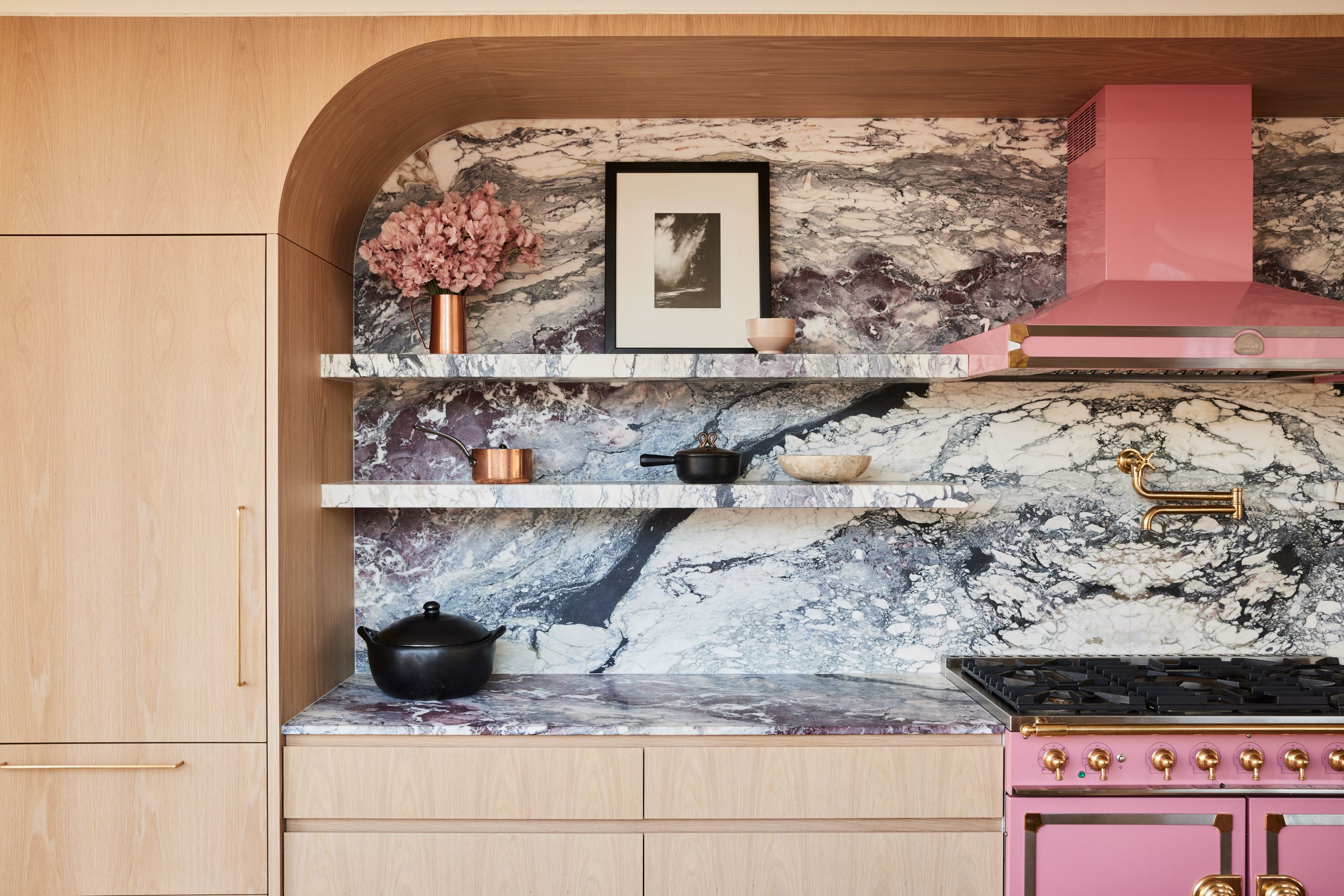
Future Prospects of Marble Trends
Technological Innovations in Marble Production
As we look to the future, technological innovations are paving the way for more efficient and creative marble production. Advanced machinery is now making it possible to cut and shape marble with precision, reducing waste and enhancing quality.
- Emerging Technologies:
- Water Jet Cutting: Allows for intricate designs and patterns
- 3D Printing: Raises the possibility of custom marble features
These advancements not only improve sustainability but also enable designers to push creative boundaries.
Marble Fusion with Other Materials
Another exciting trend is the fusion of marble with other materials, which can create stunning, unexpected results. Combining marble with metals, wood, or even glass can yield captivating contrasts and expand design possibilities.
- Examples of Fusion:
- Marble and Wood: Softens the sleekness of marble for a warmer aesthetic
- Marble and Glass: Adds a modern touch and enhances light reflection
These innovative combinations open new avenues for interior design, blending durability with style. As the trends evolve, marble continues to assert its place as a versatile and timeless choice in modern interiors.
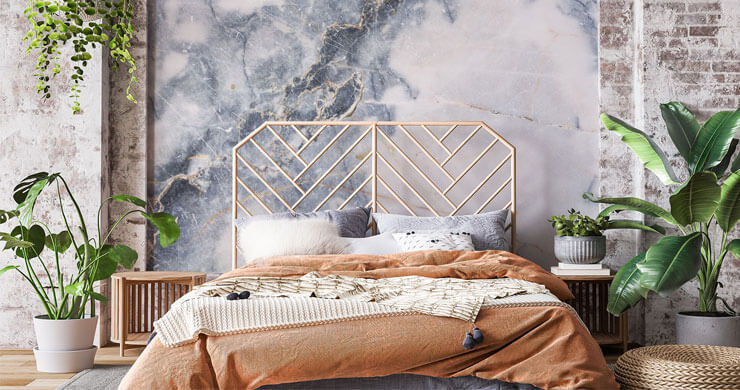
Conclusion
Recap of Impactful Marble Design Elements
Reflecting on the journey through marble in interior design, it’s clear that its beauty lies not only in its appearance but also in its versatility and durability. From unique textures like honed and polished finishes to the captivating colors of classic white and bold hues, marble continues to influence modern interiors.
- Key Design Elements:
- Countertops and Backsplashes: Creating functional yet beautiful surfaces
- Flooring and Wall Accents: Adding timeless elegance to spaces
- Sustainable Practices: Promoting eco-friendly sourcing and reuse
Looking Ahead to the Evolution of Marble Trends
As we look ahead, the integration of technology and innovative material combinations will surely transform how marble is utilized in design. The future promises exciting possibilities that will redefine how we perceive and incorporate this classic stone into our living spaces, ensuring marble’s place as a cherished element of interior design for years to come.
